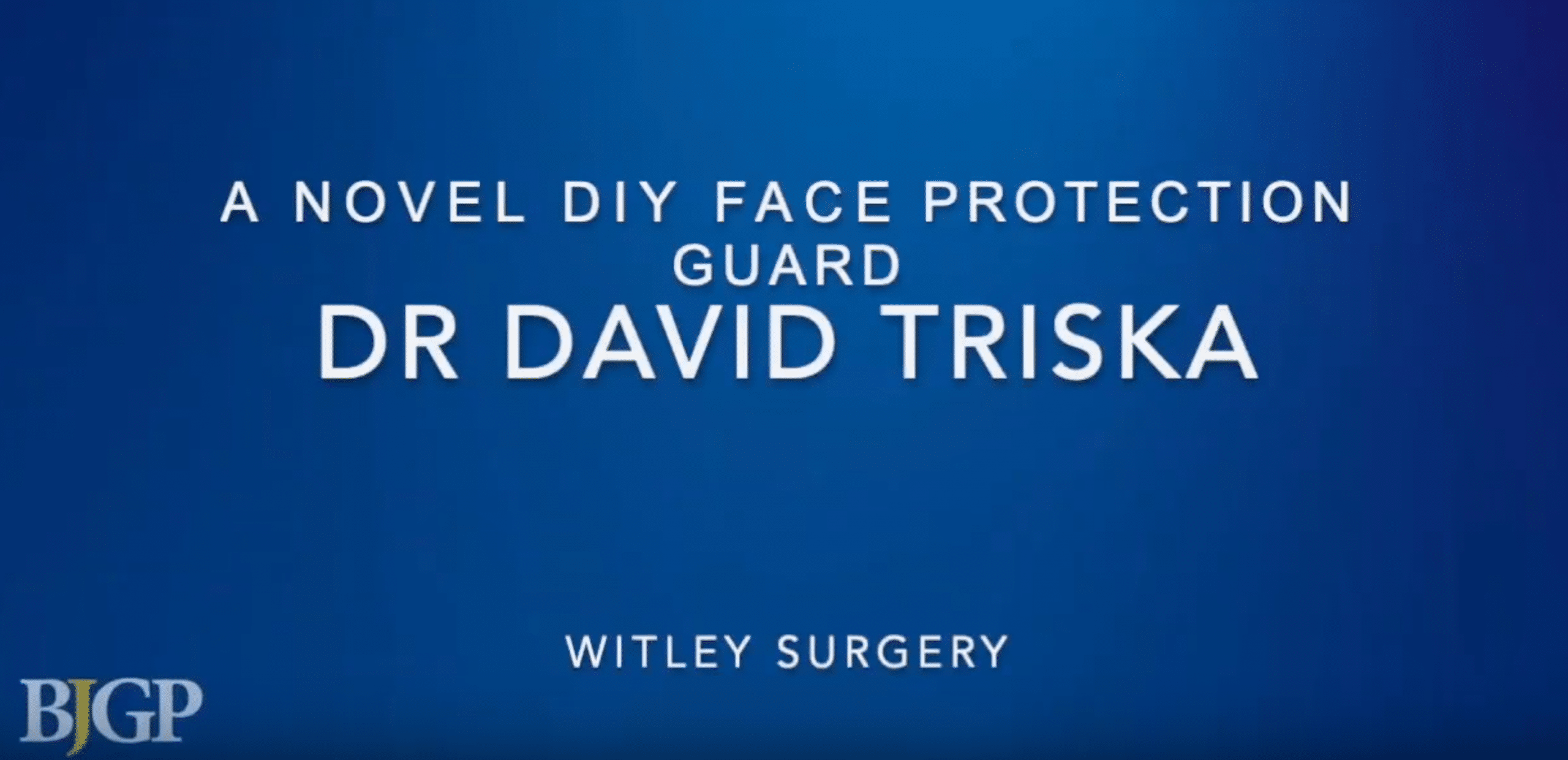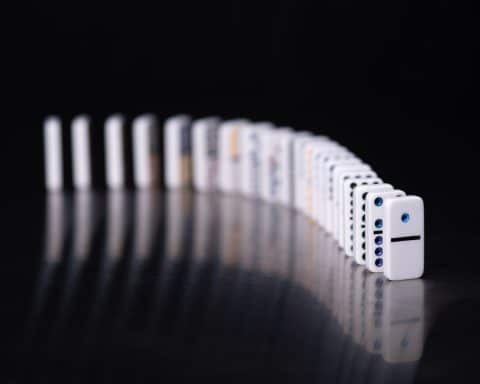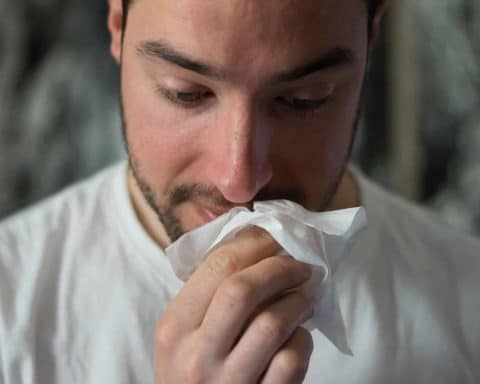Samuel Trethewey is a Clinical Research Physician working in general practice in Cornwall. His interests include clinical research and combatting medical misinformation online. Kathryn Beck is a Research Nurse and coordinates the running of clinical trials at a general practice in Cornwall. She has worked in various specialities and has over 10 years of research experience. Rehan Symonds is a general practitioner and Principal Investigator working in general practice in Cornwall. He has interests in health tech, research and product evaluation in the clinical setting.
The COVID-19 pandemic is forcing healthcare providers to drastically alter the way they operate, to help to protect both healthcare staff and patients by minimising the risk of exposure to the virus. Crucially, this has necessitated a rapid response from UK primary care services and has prompted individual practices to consider implementing alternative methods of remote consultation to minimise the number of face-to-face visits where possible. Telephone consultations have long been utilised in primary care as an alternative to face-to-face visits, however in the context of the COVID-19 pandemic there appears to be a growing need for video consultation technologies to supplement existing methods. The recent guidance from Greenhalgh and colleagues regarding the use of video consultations in primary care is therefore timely and has important practical implications.
The guidance, produced by researchers at the University of Oxford, offers a useful summary of situations in which video consultations may be appropriate for either ‘COVID-related’ or ‘non-COVID-related’ consultations and provides tips on which patients may not be suitable for video consultations. The authors also outline the steps involved in setting up a video consultation service and provide advice on how to perform an effective video consultation. This guidance is welcome and will help to inform clinicians whom are seeking to engage more with video consultation technologies in response to the COVID-19 pandemic. Moreover, the general information contained within this guidance may help to shape individual practice policies regarding how to carry out video consultations and under what circumstances.
An area that warrants further research is the utility of video consultations for remotely performing limited physical examinations.
As highlighted by Greenhalgh and colleagues video consultations may offer advantages over telephone consultations in specific circumstances but should supplement, rather than replace, existing services. Managing the risks versus benefits of patient attendance versus non-attendance in primary care is complex and will likely continue to change based on our developing understanding of COVID-19 and as guidance from leading public health bodies is updated. The welcome guidance is the best we have to act on until further information becomes available on the efficacy and safety of video consultations in the context of the COVID-19 pandemic.
References
- Greenhalgh T, Wherton J, Shaw S, Morrison C. Video consultations for COVID-19. BMJ. 2020;368:m998.
- Mold F, Hendy J, Lai YL, de Lusignan S. Electronic Consultation in Primary Care Between Providers and Patients: Systematic Review. JMIR Med Inform. 2019 Dec 3;7(4):e13042.








Dr.Saad Nadeem ( retired General surgeon) l agree that a video consultation is a better way to enable G.P.s to reach a diagnosis but still taking the vital signs is the most important step such listening to breathing sounds, or taking B.P. , and I still insist on the wise medical law: ( Never give a proscription on telephone )